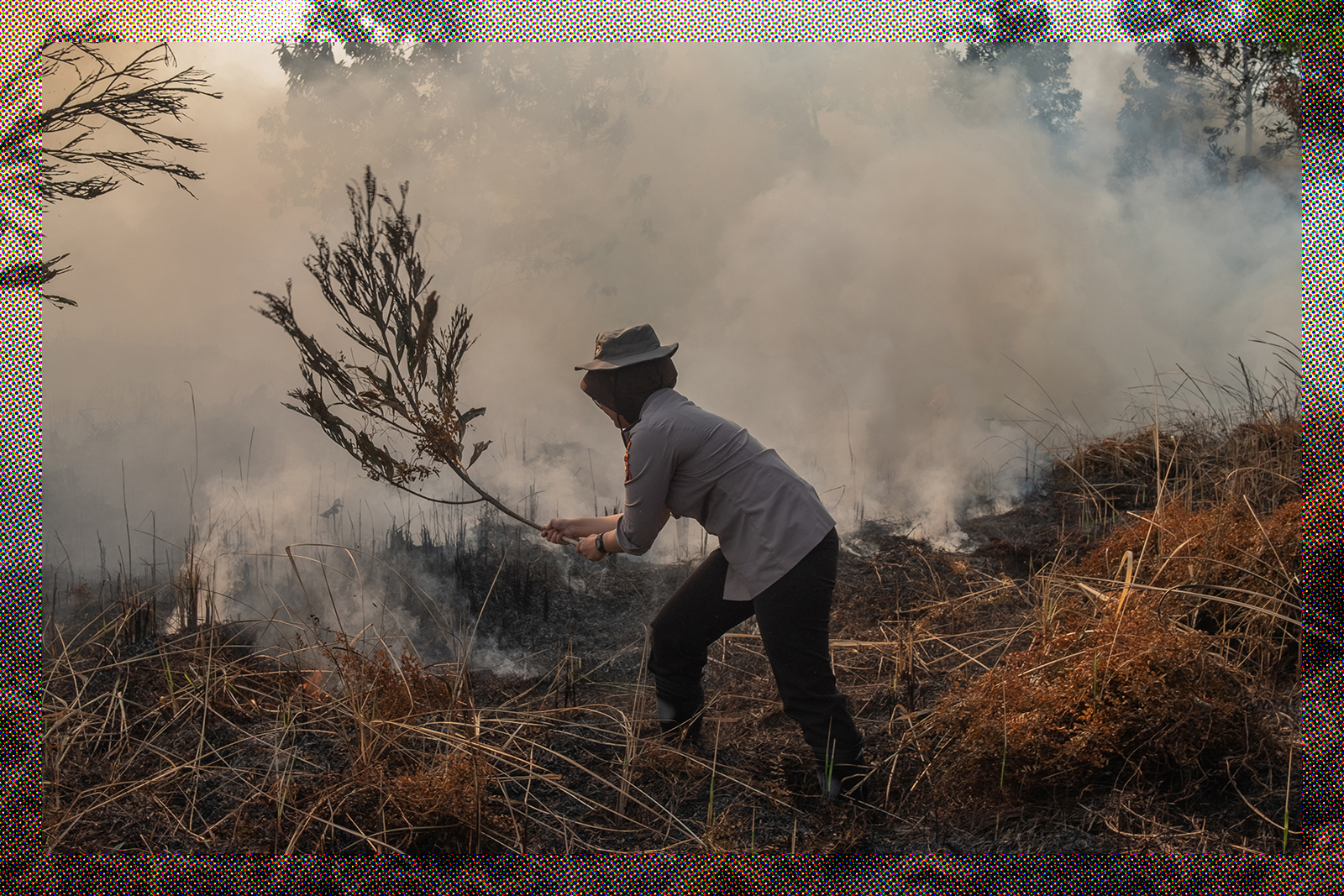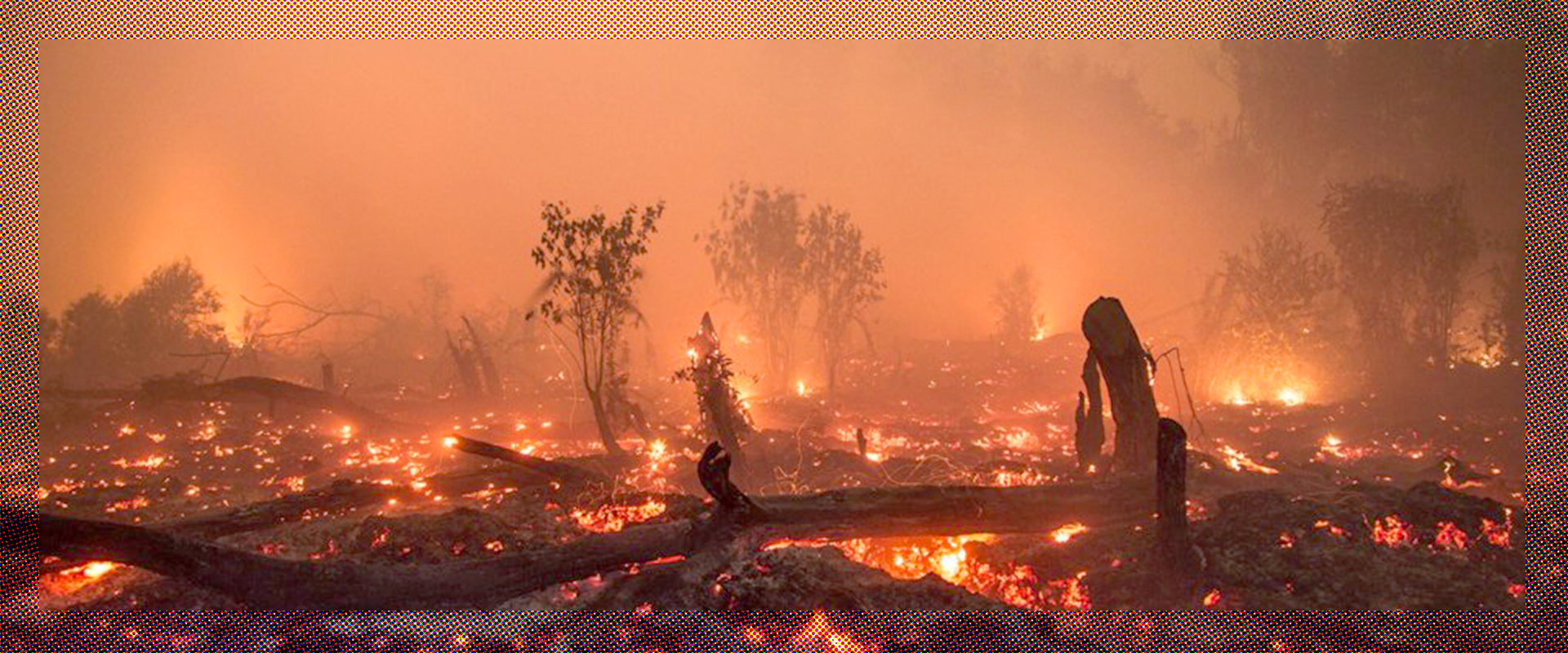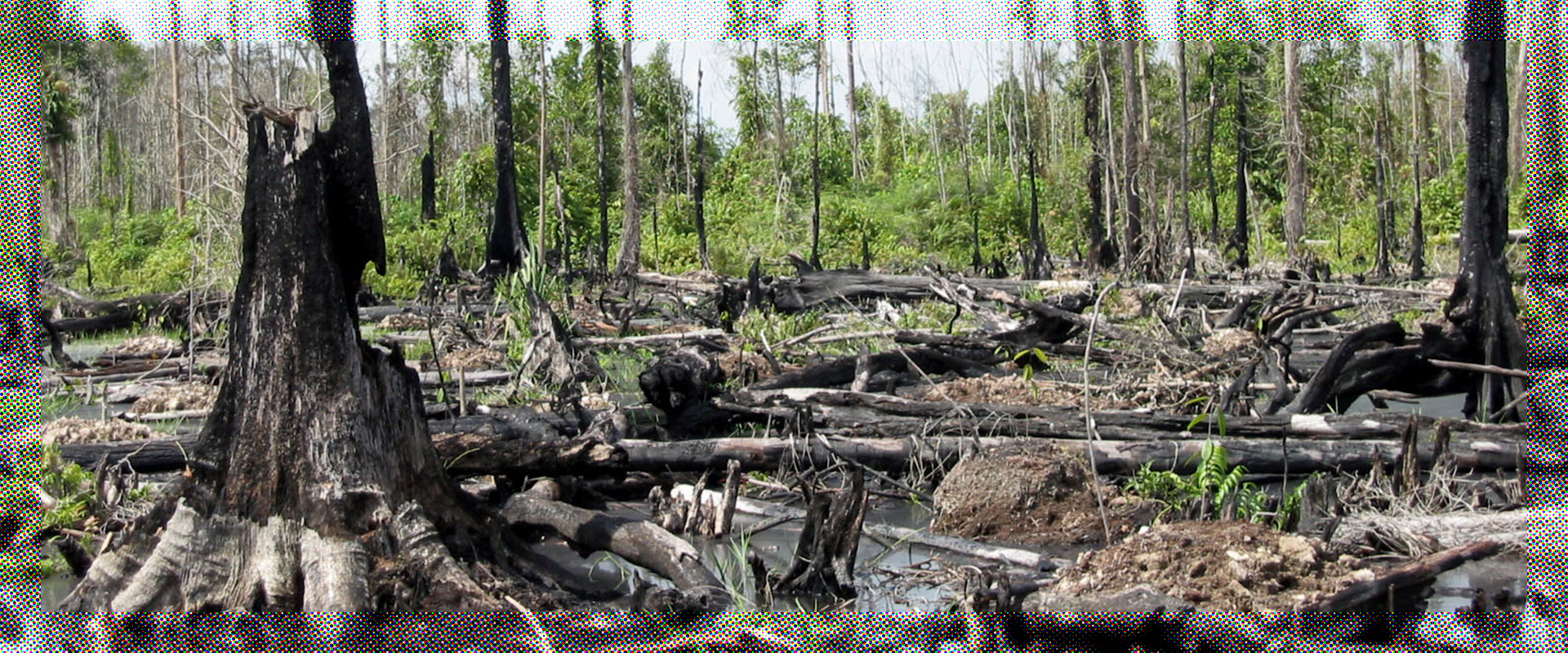Threats and Opportunities
Drainage is the biggest threat and about 15% of the world’s peatlands have been drained for agriculture, forestry and grazing, which leads to oxidation and the release of the carbon stored in their soils. Drainage also increases the risk of peat fires and land subsidence that causes flooding and saltwater intrusion.

Climate Impacts
The conservation and rehabilitation of peatlands is critical for climate change mitigation.
Despite covering only 3% of the global land surface, 2 billion tonnes of CO2 are emitted annually as a result of peatland drainage and land use, equivalent to 5% of the global anthropogenic CO2 emissions and represents almost 25% of the total carbon emissions from the land use, land use change and forestry sector. Half of these emissions come from a mere 13 million hectares of degrading tropical peatlands, mainly in Indonesia and Malaysia. In Europe, about half of the peatlands are drained.
Unlike deforestation, which causes one-off and almost immediate emissions, the emissions from drained peatlands continue for decades and even centuries as long as the land remains drained and the peat keeps oxidising. Fertilisers for agriculture on peatlands lead to high emissions of nitrous oxide, while drainage channels result in emissions of methane, both very potent greenhouse gases (GHGs).
Commodities on Peatlands
Wet peatland soils have historically been viewed as marginal or waste lands that were lightly inhabited. The globalisation and production of commodities at an industrial scale has in recent decades led to the conversion and drainage of these ‘empty lands’ for large-scale palm oil plantations, timber, pulp and paper, fibre and livestock ranching.
This has caused the loss of biodiversity, land subsidence, huge greenhouse gas emissions, and the repeated occurrence of large-scale peatland fires.

Subsidence and Land Loss
Subsidence and related flood risk is a well-known phenomenon everywhere in the world where lowland peatlands are drained. Subsidence occurs when peat soils compact, shrink and dissipate as a result of drainage and peat oxidation, literally disappearing into thin air as CO2 and washing away into waterways. This process continues for as long as the peat soil is drained. In most of the lowland peatlands, the base of the peat lies at or near mean sea or river level, and drainage will therefore eventually result in frequent and prolonged flooding, leading to economic and biodiversity impacts and putting millions of people at risk of flooding.

Fires, Health and Economic Losses
Drainage makes peatlands extremely fire-prone. Large-scale peatland fires in the floodplains around Moscow in the Russian Federation, tropical peatlands in Southeast Asia, and the boreal forests of North America and Eurasia, have destroyed millions of hectares, released enormous greenhouse gas emissions, caused tens of thousands of deaths due to unhealthy smoke and resulted in tens of billions of dollars in economic losses.


